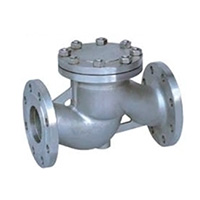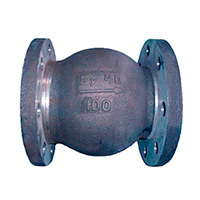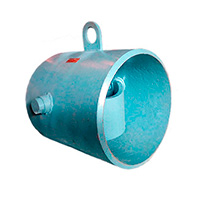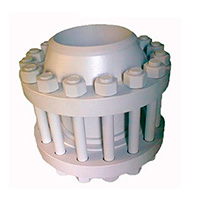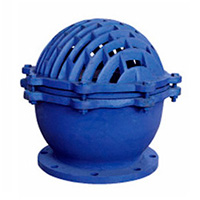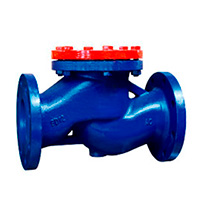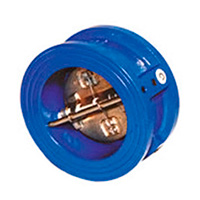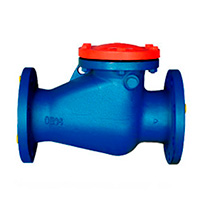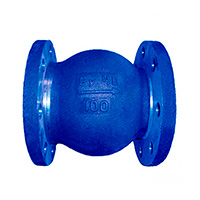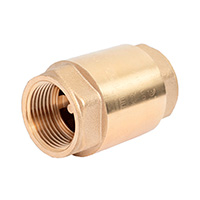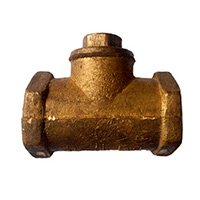Check valves
Description of Section "Check valves"
Check valves are devices that allow the working medium (liquid or gaseous) to move in only one direction. They play a crucial role in preventing backflow in pipeline systems, which can be critically important for equipment protection, maintaining pressure, and preventing contamination.
Types of Check Valves
There are several types of check valves, each designed for specific operating conditions.
1. Spring-Loaded Disc Valves
- These valves use a spring to keep the sealing element in a closed position.
- Used in systems with small pressure differentials.
- Advantages: compactness and simple design.
2. Ball Check Valves
- Use a ball as the sealing element.
- The ball moves back and forth under pressure.
- Often used in pumping systems and hydraulic installations.
3. Swing Check Valves
- Have a disc that pivots around an axis.
- Used in large pipelines with low pressure.
- Advantages: low flow resistance.
4. Lift Check Valves
- The sealing element moves vertically when the flow moves forward and drops back when it stops or reverses.
- Primarily used for high pressure and temperature applications.
5. Dual-Plate Check Valves
- Consist of two plates that open when the medium flows forward and close when it reverses.
Applications of Check Valves
Check valves are used in various industries:
- Water Supply
- Prevent water from flowing back into pumps or reservoirs.
- Oil and Gas Industry
- Protect equipment from pressure surges and prevent gas leakage.
- Chemical Industry
- Used for handling aggressive liquids.
- Energy Sector
- Installed in steam systems to prevent steam condensation from returning to the boiler.
